When plan to custom catalogue printing, choosing the right binding method is crucial for creating a professional and functional end product. The binding method not only affects the overall look and feel of the catalogue but also determines its durability and ease of use. Here, we will explore some of the most commonly used binding methods for catalogues:
Saddle Stitching:
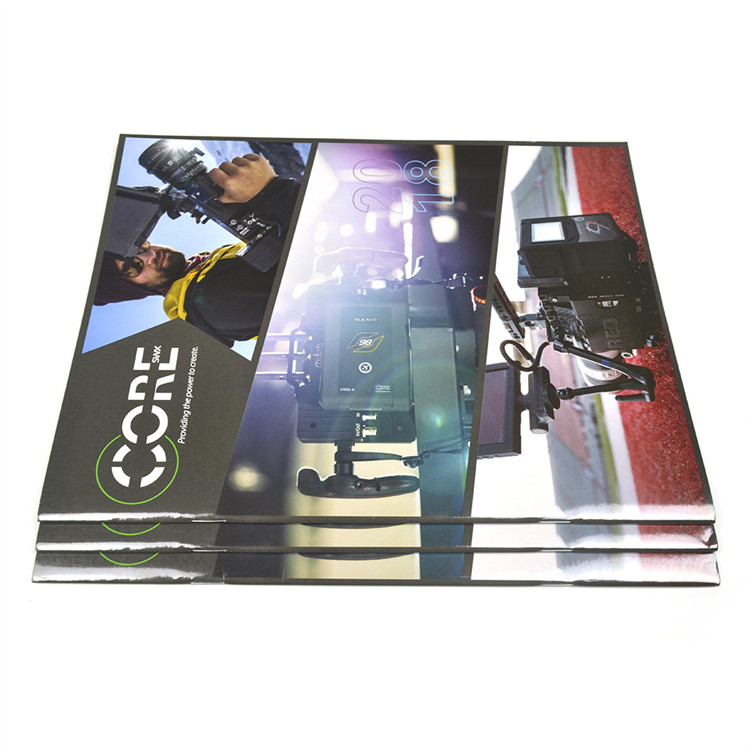
Saddle stitching is one of the most popular and cost-effective binding methods for catalogues. It involves folding the pages in half and stapling them along the fold line. This method is commonly used for catalogues with a lower page count, usually under 64 pages. Saddle stitching allows the catalogue to lay flat when opened and provides a clean and professional appearance.
Perfect Binding:
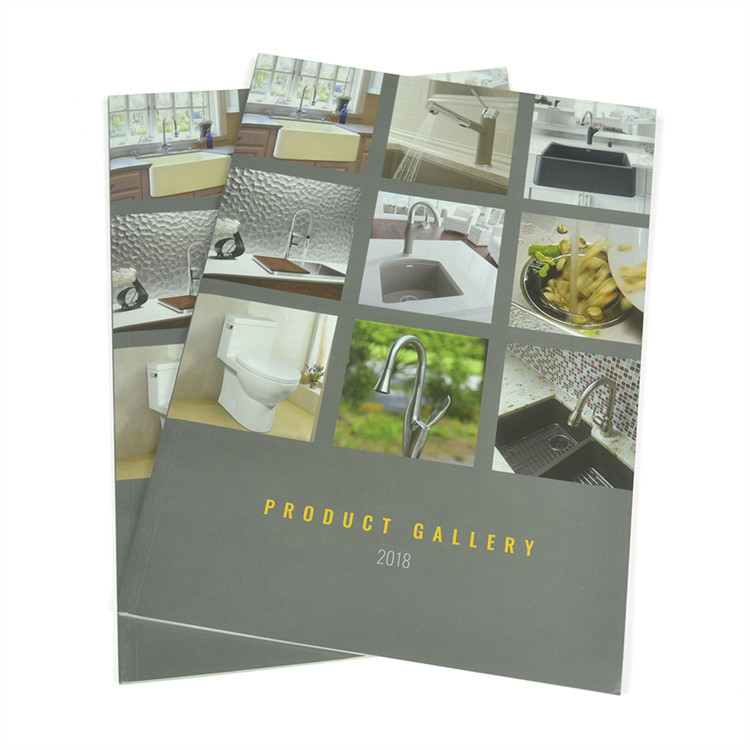
Perfect binding is ideal for catalogues with a higher page count, typically between 64 and 500 pages. In this method, the pages are gathered together and glued along the spine. The cover is then wrapped around the glued pages, giving the catalogue a sleek and polished look. Perfect binding provides a square spine that can be printed with extra graphics or text. That making it a popular choice for professionally designed catalogues.
Wire-O Binding:
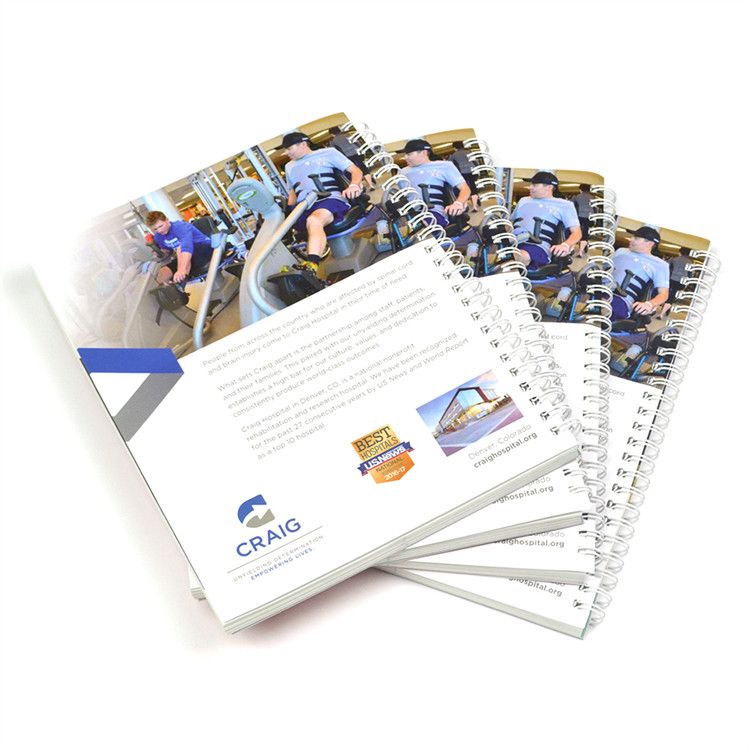
Wire-O binding, also known as hoop or double-hoop binding. It offers a versatile and durable option for catalogue binding. In this method, holes are punched along the binding edge of the pages, and a double-loop wire is inserted to hold them together. Wire-O binding allows the catalogue to lay flat when opened and offers the flexibility of adding or removing pages if needed. It is commonly used for thicker catalogues or those that need frequent content updates.
Spiral Binding:
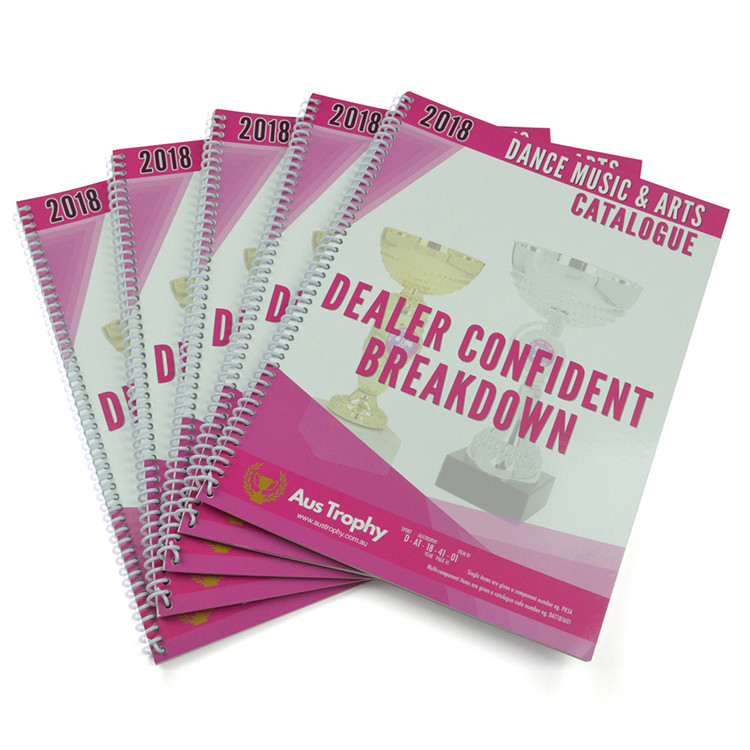
Similar to wire-O binding, spiral binding involves punching holes along the edge of the pages. But, instead of using a double-loop wire, a plastic or metal coil is inserted through the holes to hold the pages together. Spiral binding offers flexibility and durability. That allowing the catalogue to lay flat and enabling easy flipping of pages. This binding method is commonly used for smaller-sized catalogues. Such as pocket-sized or flip-chart style catalogues.
Case Binding:
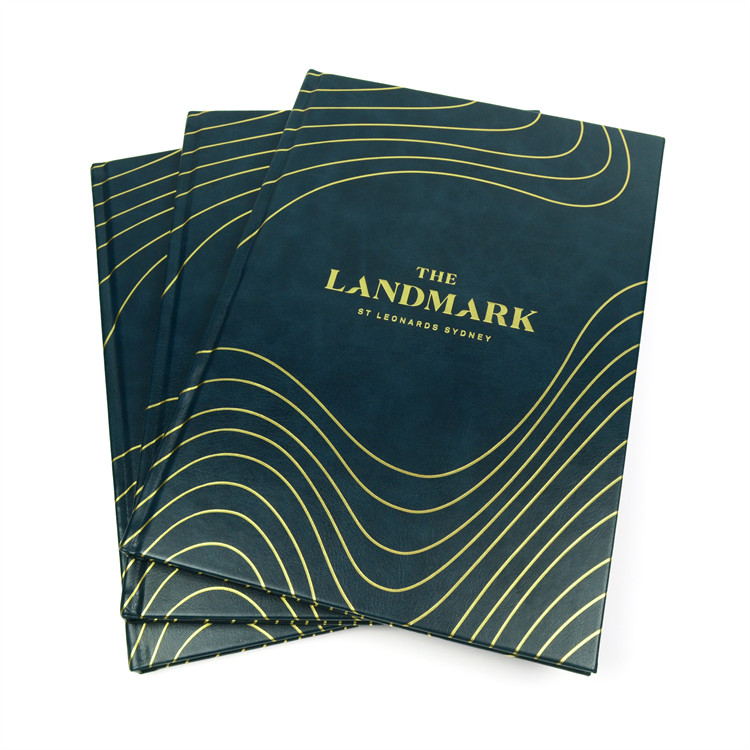
Case binding, also known as hardcover binding, is a premium option for catalogues printing that require a more large and sophisticated appearance. This method involves sewing the pages together and then attaching them to a hardcover book binding. Case binding provides excellent durability. It allows for the addition of foil stamping, embossing, or debossing on the cover to enhance its visual appeal. This method is typically used for high-end or commemorative catalogues.
When choosing the binding method for your catalogue. It's essential to consider factors such as page count, budget, functionality, and design requirements. Each binding method offers unique qualities and benefits that cater to different catalog printing needs. Consulting with a professional printing service can help you make an informed decision based on your specific project requirements.
In conclusion, the binding method plays a crucial role in the overall aesthetic appeal, functionality, and durability of your catalogue. Whether you opt for saddle stitching for a cost-effective solution. Perfect binding for a sleek and professional look. Wire-O or spiral binding for versatile and flexible options. Or case binding for a high-end finish. There is a binding method available to meet your specific catalogue printing needs.

